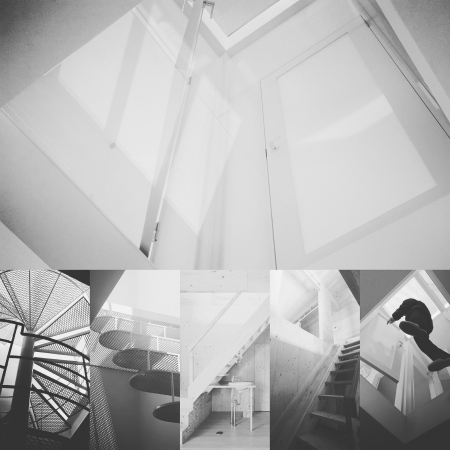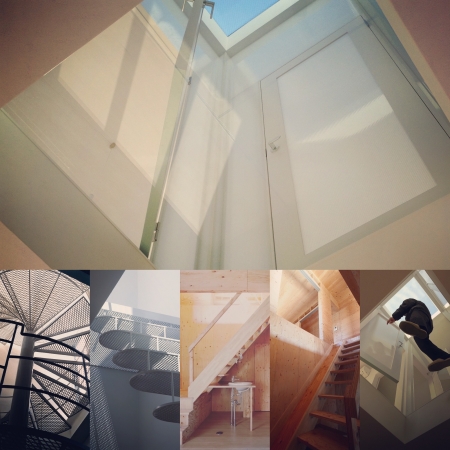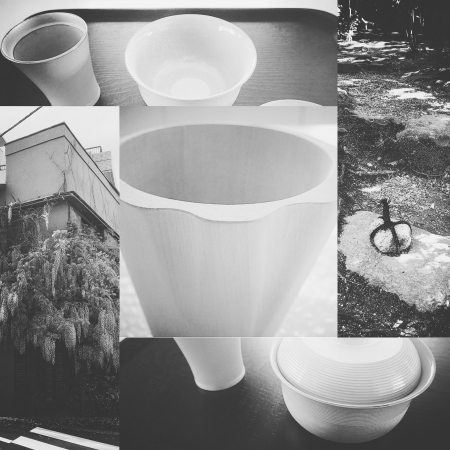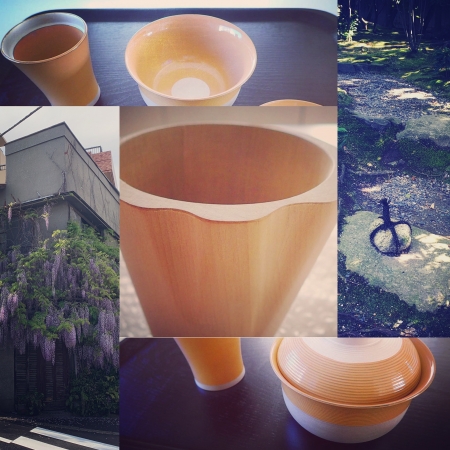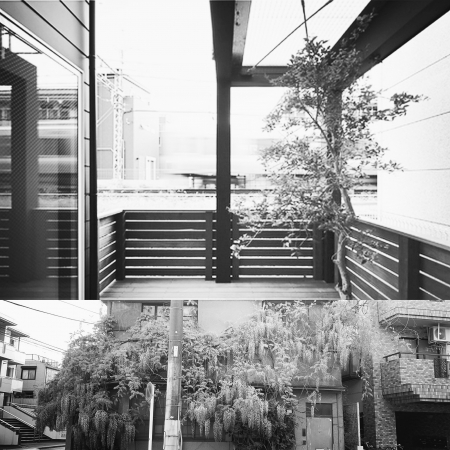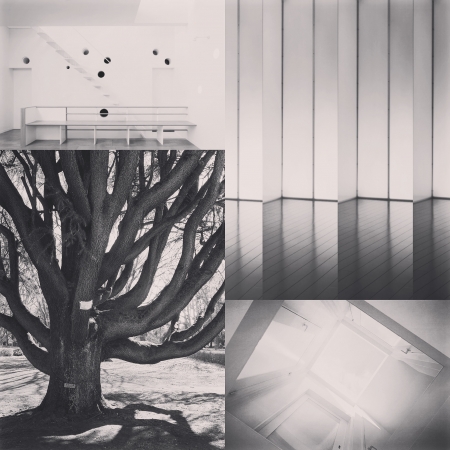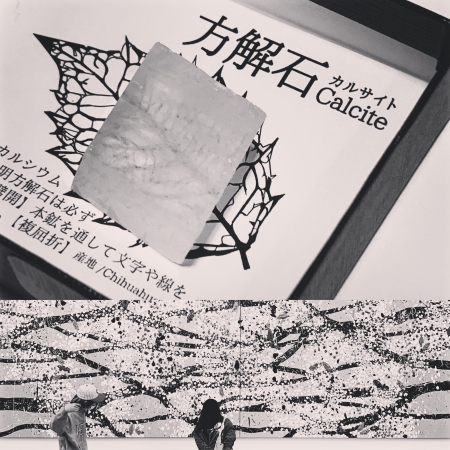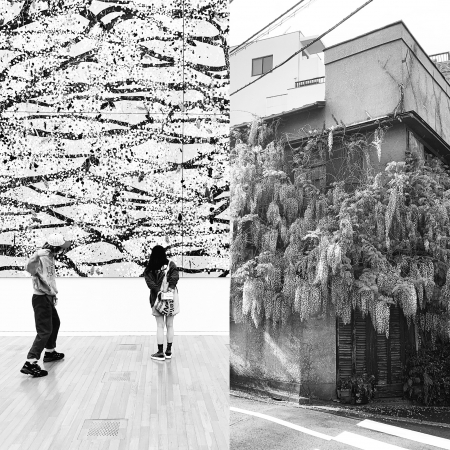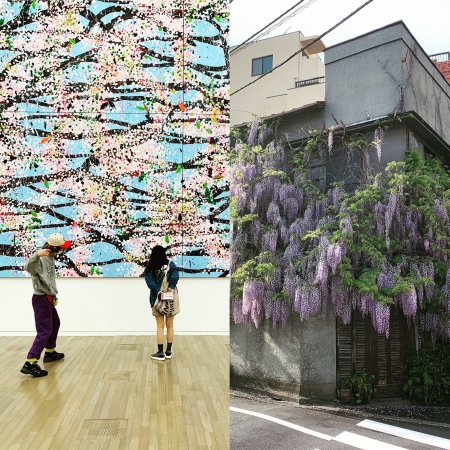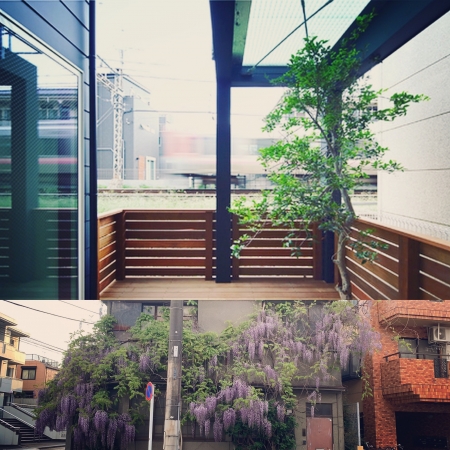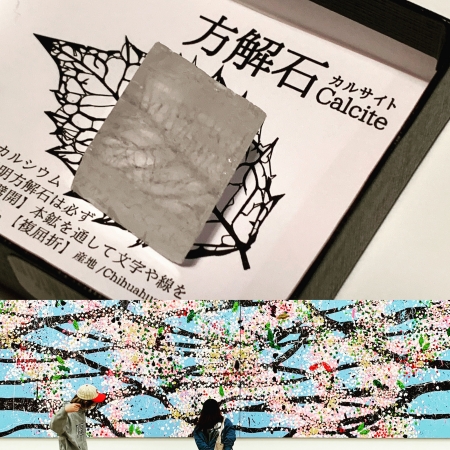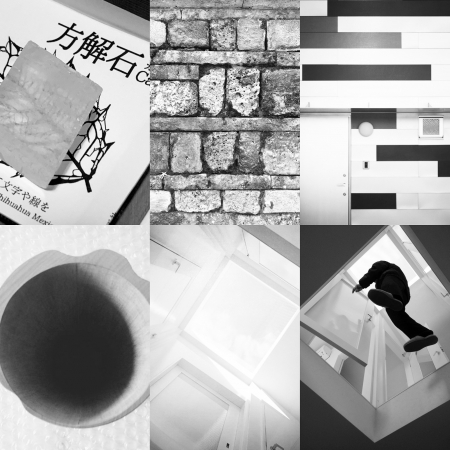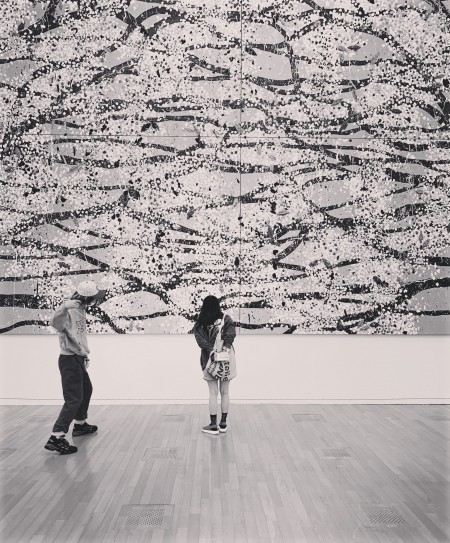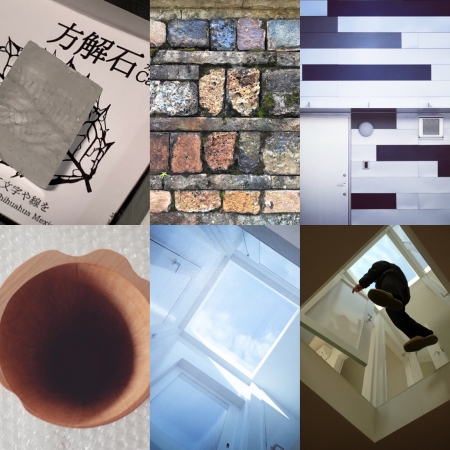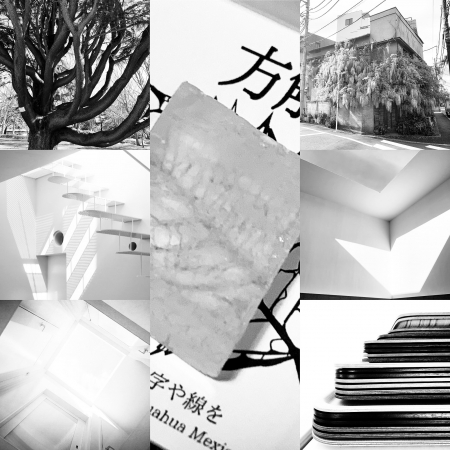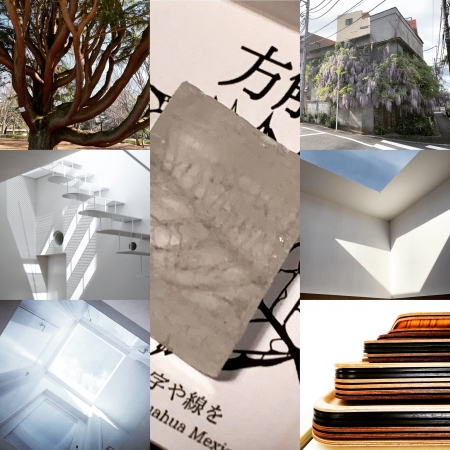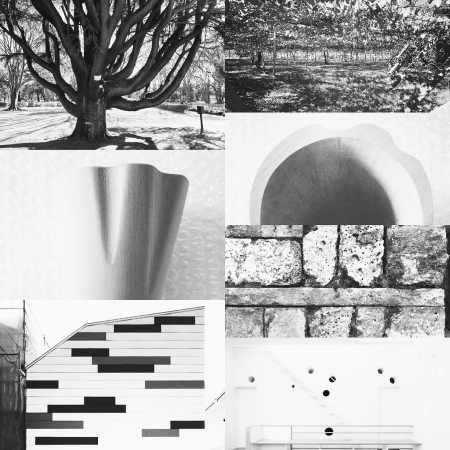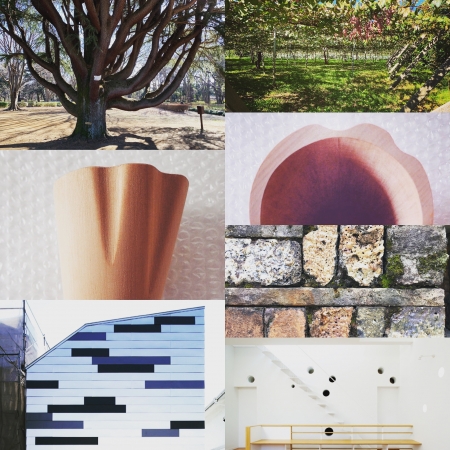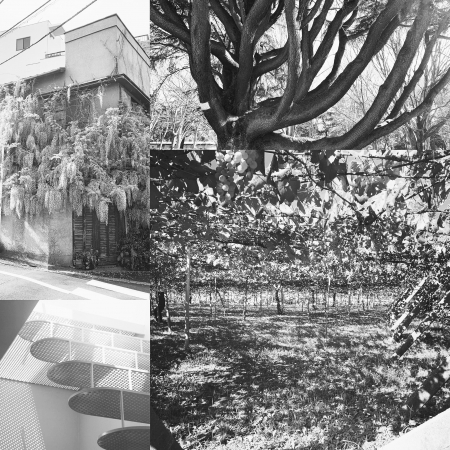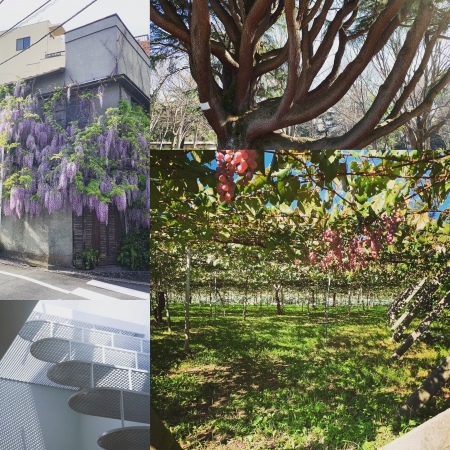先日見たある絵画は桜を題材にしたものだった。ポロックのアクションペインティングの指向性を高めて、青空に映える桜というモチーフを表現していた。どこまでが具象でどこまでが抽象かがわからない、作者本人も語っていたが、具象と抽象をつなぎ行ったり来たりする。
面白いことに絵画から距離を取りある一点から見ると実際の花が咲き乱れる自然の桜のように見えるが、間近で見ると単なる抽象絵画になってしまう。
距離が近ければ絵画と自分との間に差し挟むものは何も無く直接的に対峙することになるからそのままの絵画としての桜が目の前に出現する。距離を取り絵画から離れれば絵画と自分との間に別の要素が入り込み、絵画としての桜はその別の要素を通して間接的に出現する。別の要素が入り込むということが絵画の桜を自然の桜のように見せるのだろう。
自然の桜はどこから見ても、近くても遠くても、自然の桜に見える。細密に描いた桜の絵画はどこから見ても絵画の桜で自然の桜のようには見えない。
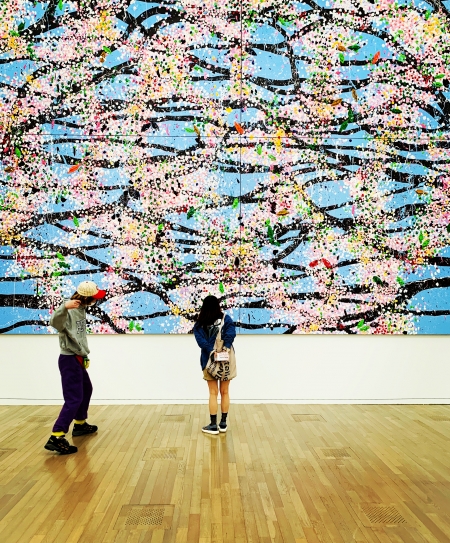
具象度を落とし遠くなることで実物との差異が生まれる。その差異が自身が持っている桜に対する感性と共鳴し増幅され、無意識のうちに増幅された実物との差異を埋める作用が起こり、自然の桜に浸るような感覚に包まれる。だから絵画との距離は人によって違う。
"Is it far or near?"
One of the paintings I saw the other day was about cherry blossoms. By increasing the directivity of Pollock's action painting, he expressed the motif of cherry blossoms that shine in the blue sky. The author himself said that he didn't know how much concrete and how abstract he was, but he goes back and forth between concrete and abstract.
Interestingly, when viewed from a certain point away from the painting, it looks like a natural cherry blossom in full bloom, but when viewed up close, it becomes just an abstract painting.
If the distance is short, there is nothing to put between the painting and myself, and they will face each other directly, so the cherry blossoms as the painting will appear in front of me. If you take a distance and move away from the painting, another element will enter between you and yourself, and the cherry blossoms as a painting will indirectly appear through that other element. The inclusion of another element may make the cherry blossoms in the painting look like natural cherry blossoms.
Natural cherry blossoms look like natural cherry blossoms no matter where you look, whether they are near or far. The detailed painting of cherry blossoms is a painting of cherry blossoms and does not look like a natural cherry blossom from any angle.
By reducing the degree of concreteness and getting far away, a difference from the real thing is created. The difference resonates with one's own sensibility for cherry blossoms and is amplified, and the action of filling the difference with the amplified real thing occurs unknowingly, and it is wrapped in the feeling of being immersed in natural cherry blossoms. Therefore, the distance from the painting varies from person to person.





